Traditional spring flowers like tulips are lighting up the spring stage.
One of my favorite tulips to photograph each spring is a yellow one with red strips inside. These tulips were planted by my grandmother and have bloomed every year in the 20-plus that we have lived here.
Meanwhile in the yard and woodlands, many, many violets have opened up to the sun. Parts of the yard are almost all purple with their blooms. I actually set the mower a little higher so as to avoid chopping their heads off.
As I walked about, I noticed several different hues and kinds of violets.
That's a of plants to choose from and try to identify
| The blog on midatlanticnature.blogspot.com narrowed down the number to 34 species that grow from New York to North Carolina. Of those, according to the post, nine of those species have a white flower and only four have a yellow flower. This is the only yellow violet I have found on my stomping grounds. I know where a few patches are and search for them every spring. |
| A little background on lichen was provided by the National Park Service on www.nps.gov. "Not quite a plant, not just a fungus, lichen doesn’t fit easily into any one category. A lichen is a partnership between two or more living things, usually a species of fungi benefiting from one or more plant-like organisms such as green algae or cyanobacteria," the post said. "The mystery of lichen lies in the details of this unique relationship. Lichen-forming fungi are rarely found surviving on their own. Fungi are well-known as decomposers, relying on other organisms as their source of food rather than producing energy through photosynthesis (in fact, fungi are considered more closely related to animals than the plant-like organisms they associate with to form lichen). On a microscopic scale, lichens have a protective fungal layer that prevents the algal layer from drying out--this allows the photosynthetic partner, or photobiont, to survive in drier conditions. In this way, the building blocks of a lichen form a composite organism that is greater than the sum of its parts," the post continued. One of those lichen would be the pink earth lichen. The best description I found for the lichen was on a BP Zoological Supply website where you can purchase some for $3.99. "Pink Earth lichen is a slow growing lichen that prefers soil with a high clay content. It has a high light requirement, and can be allowed to dry out between waterings, though appreciates decent humidity," the post read. However, I don't need to purchase any and will leave it growing right were it is. After spotting the pink earth lichen, I notice one with red spots. |
They are not as colorful as some of the warblers that should be arriving shortly. However, they are still a welcome sight.
| What looked like green leaves on the maple tree in the front yard were actually bright green catkins. This probably means that pollen, pollen and more pollen is on the way. It could make for a bad sneezing season. I'll just have to take a pill and head outside. That's just the nature of things 'round here. |
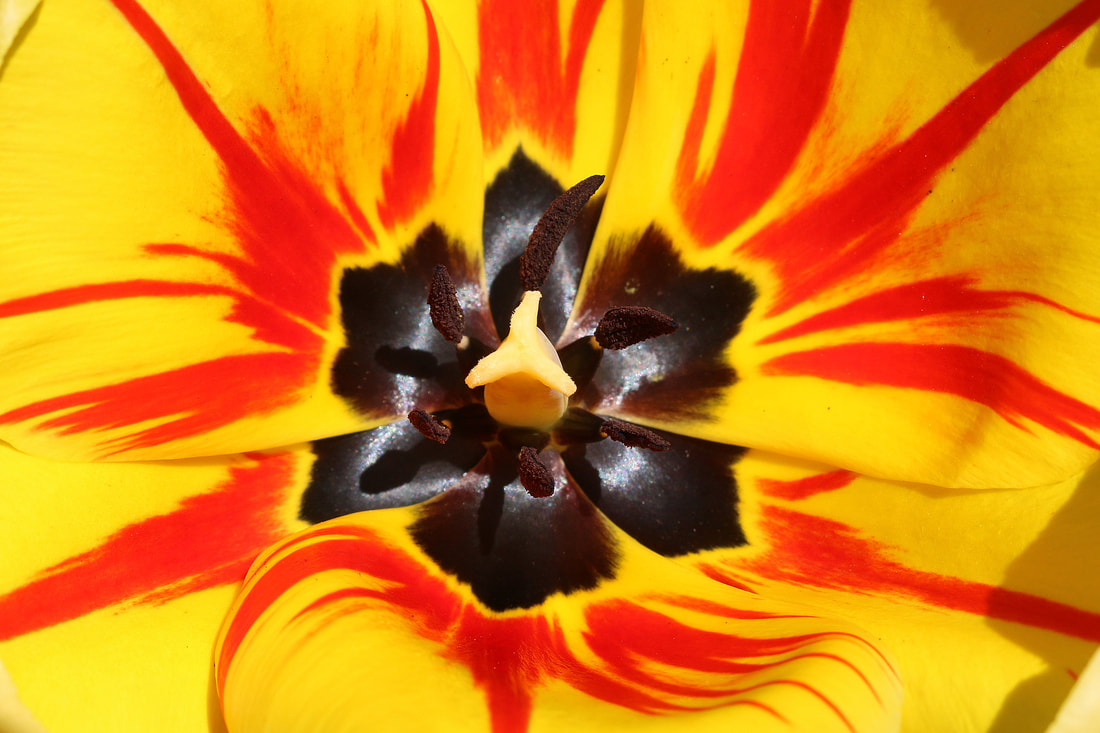

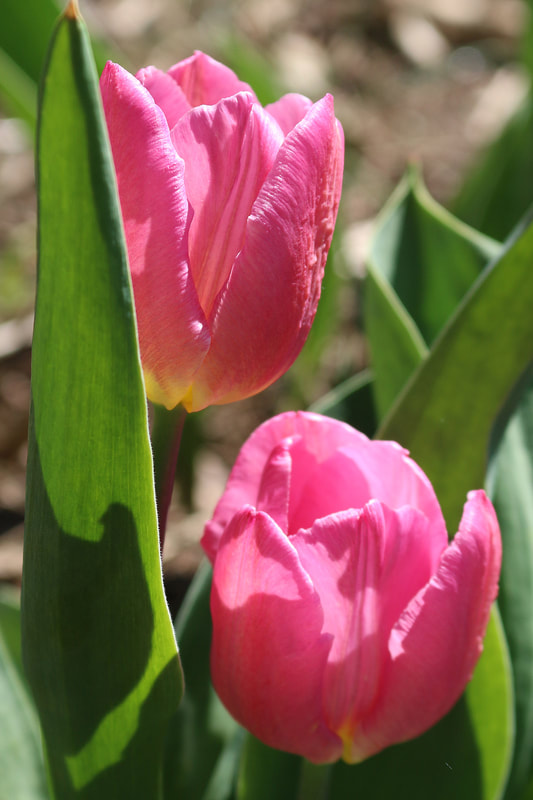
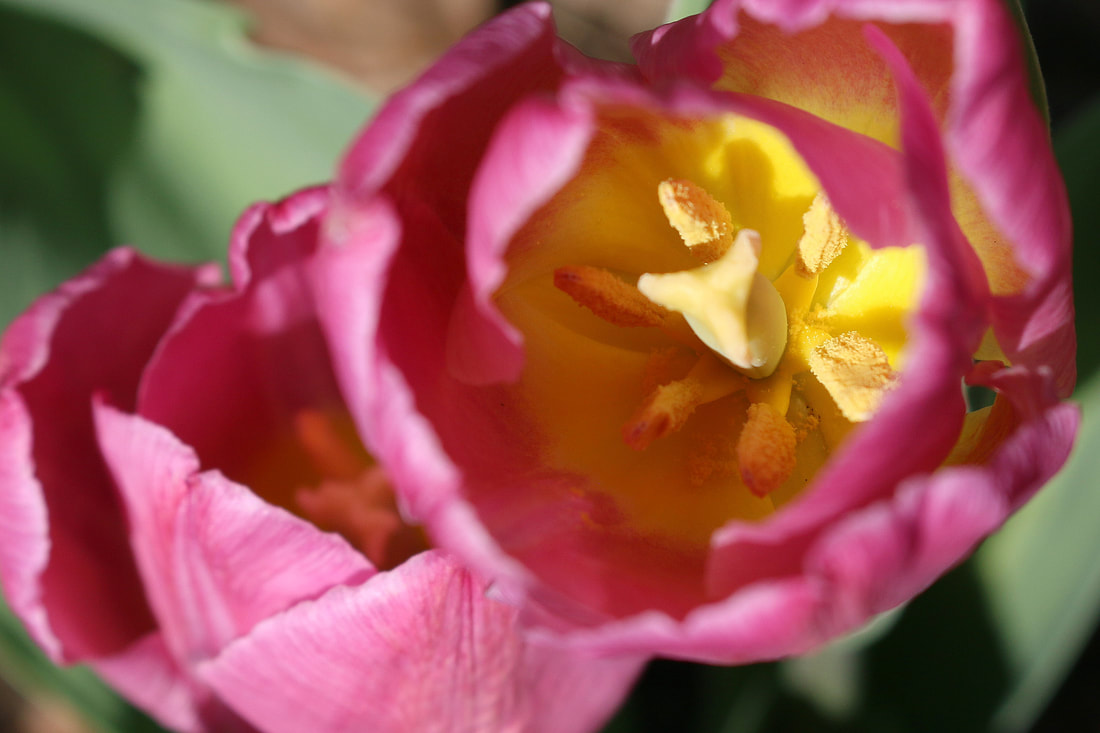
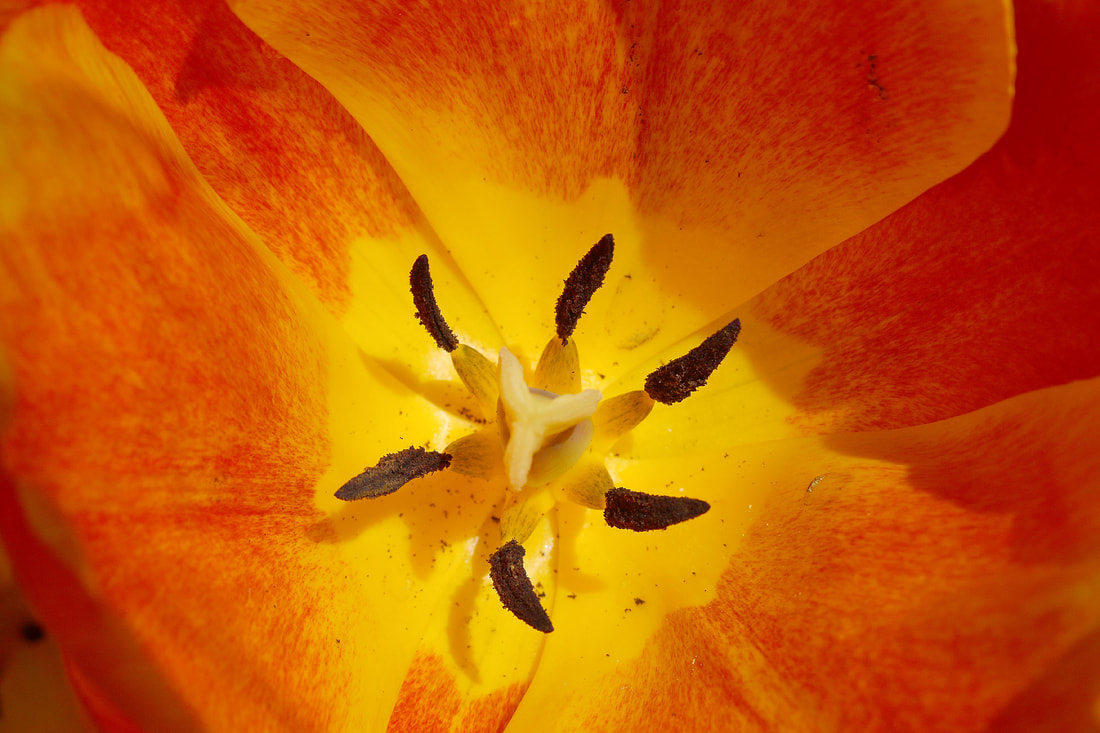

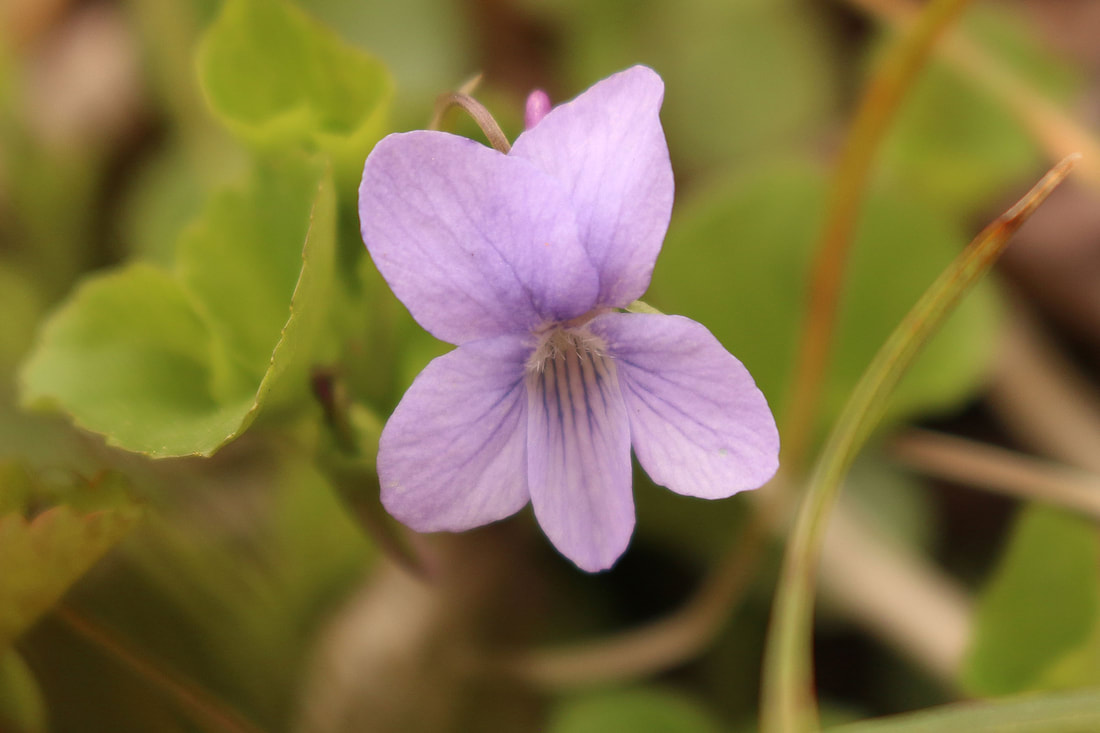
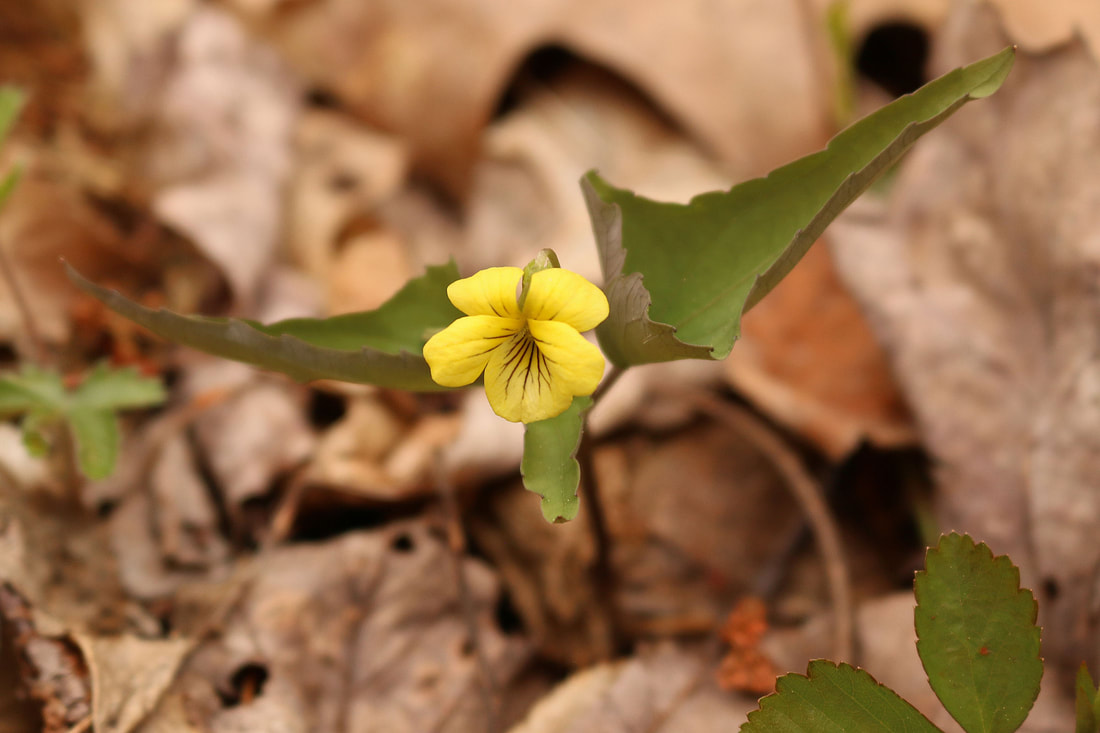
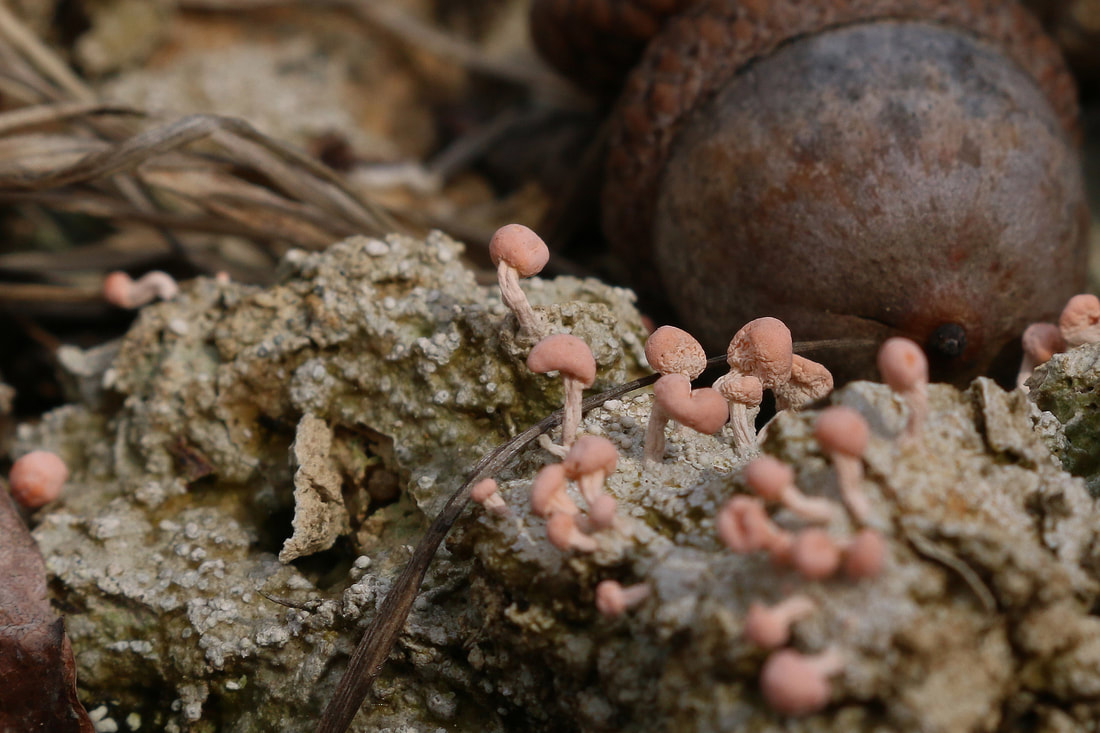

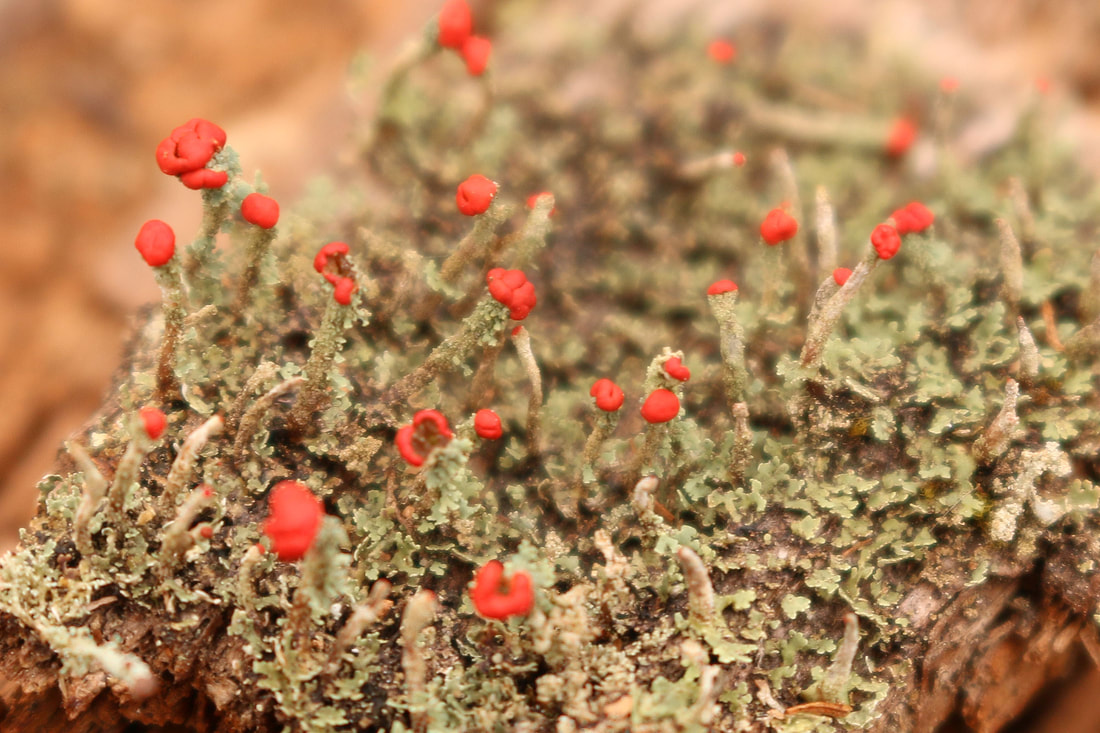

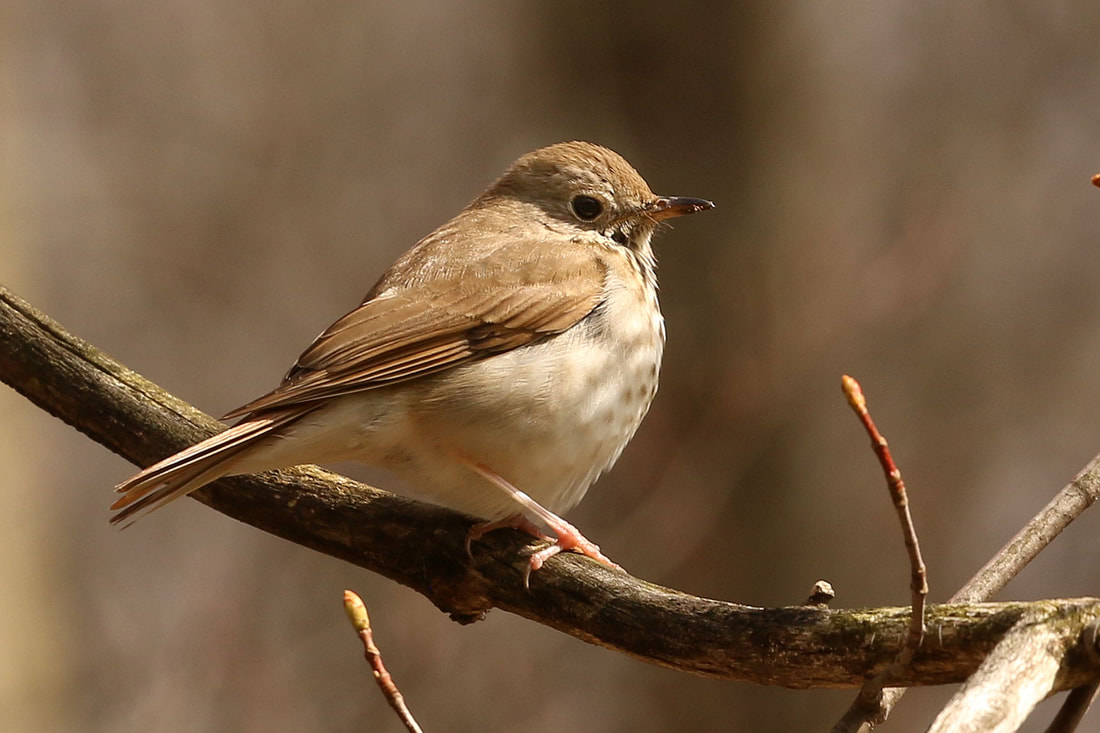

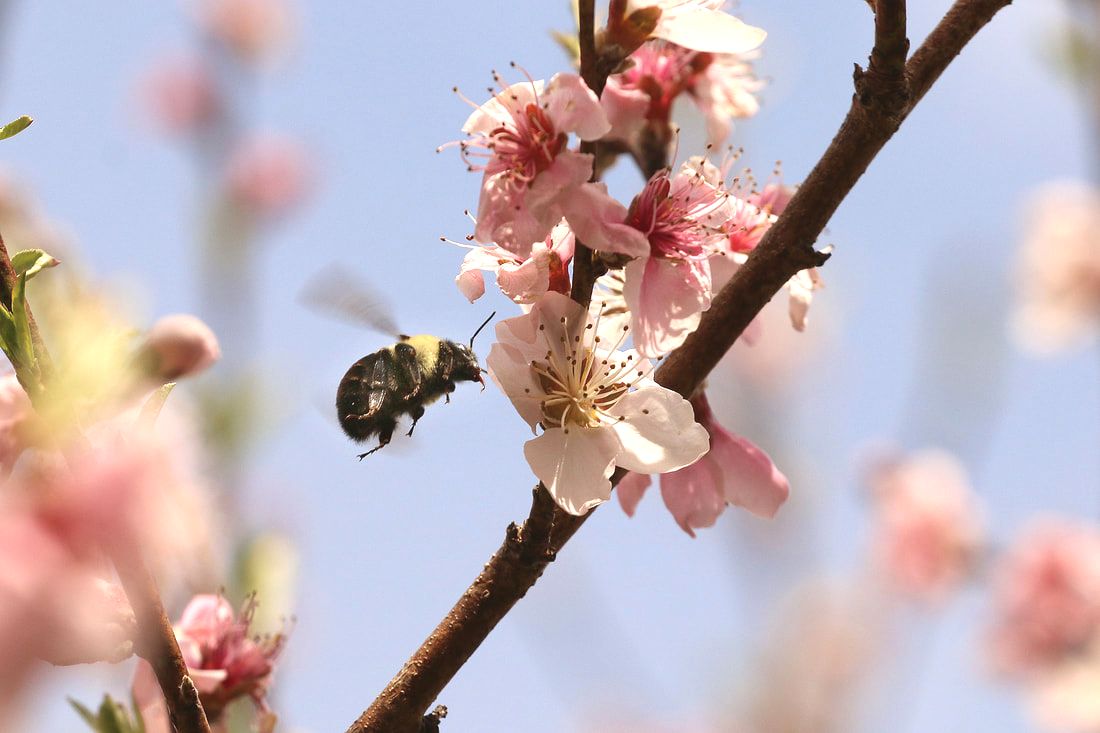

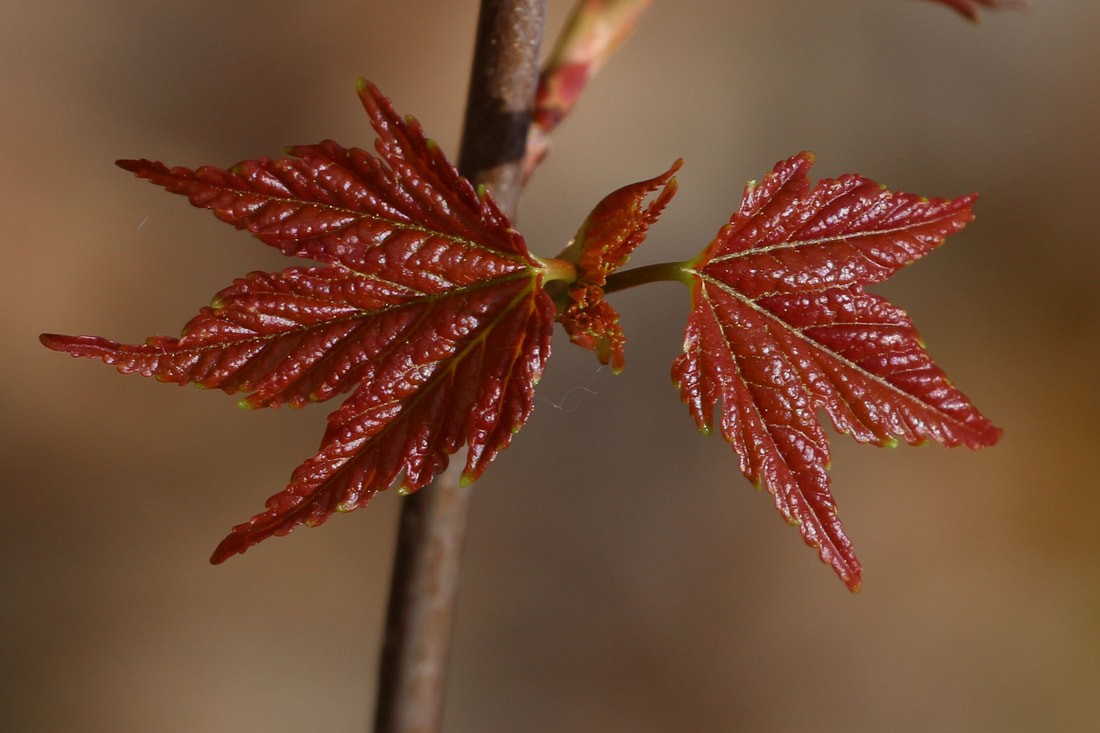
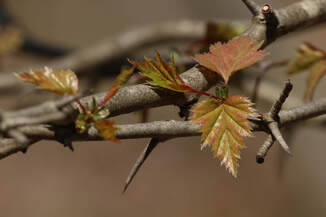
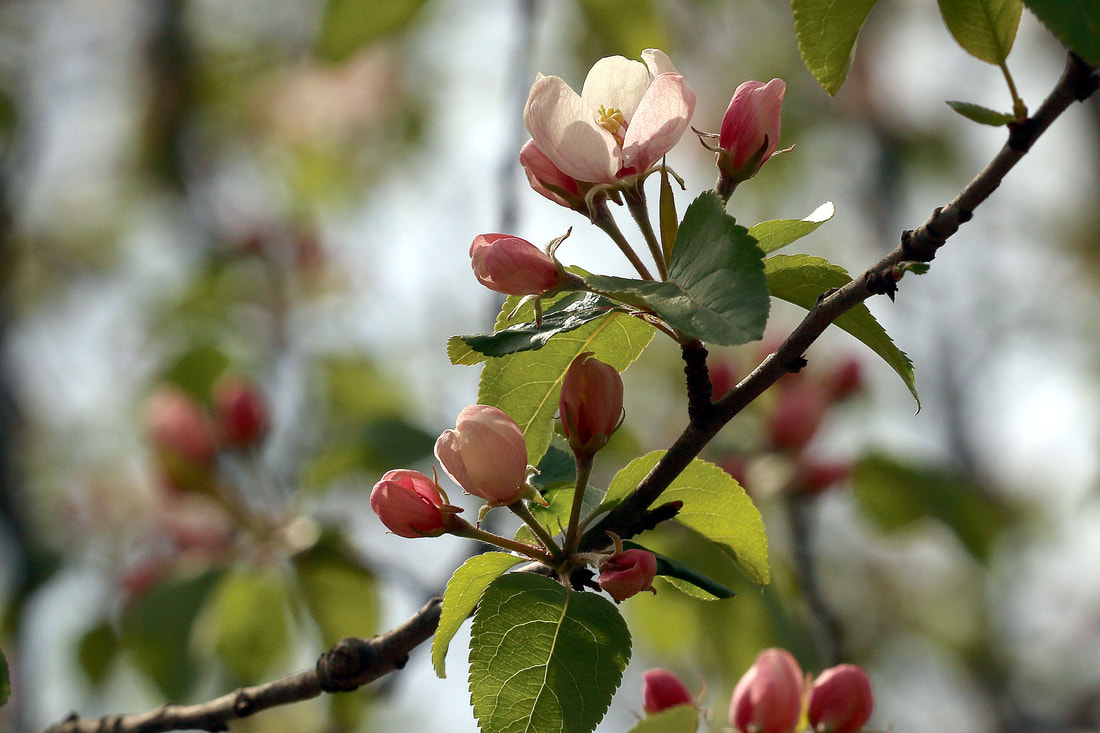
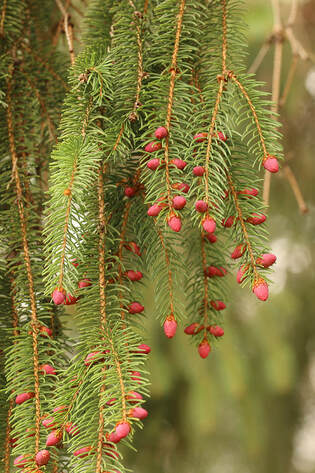




 RSS Feed
RSS Feed